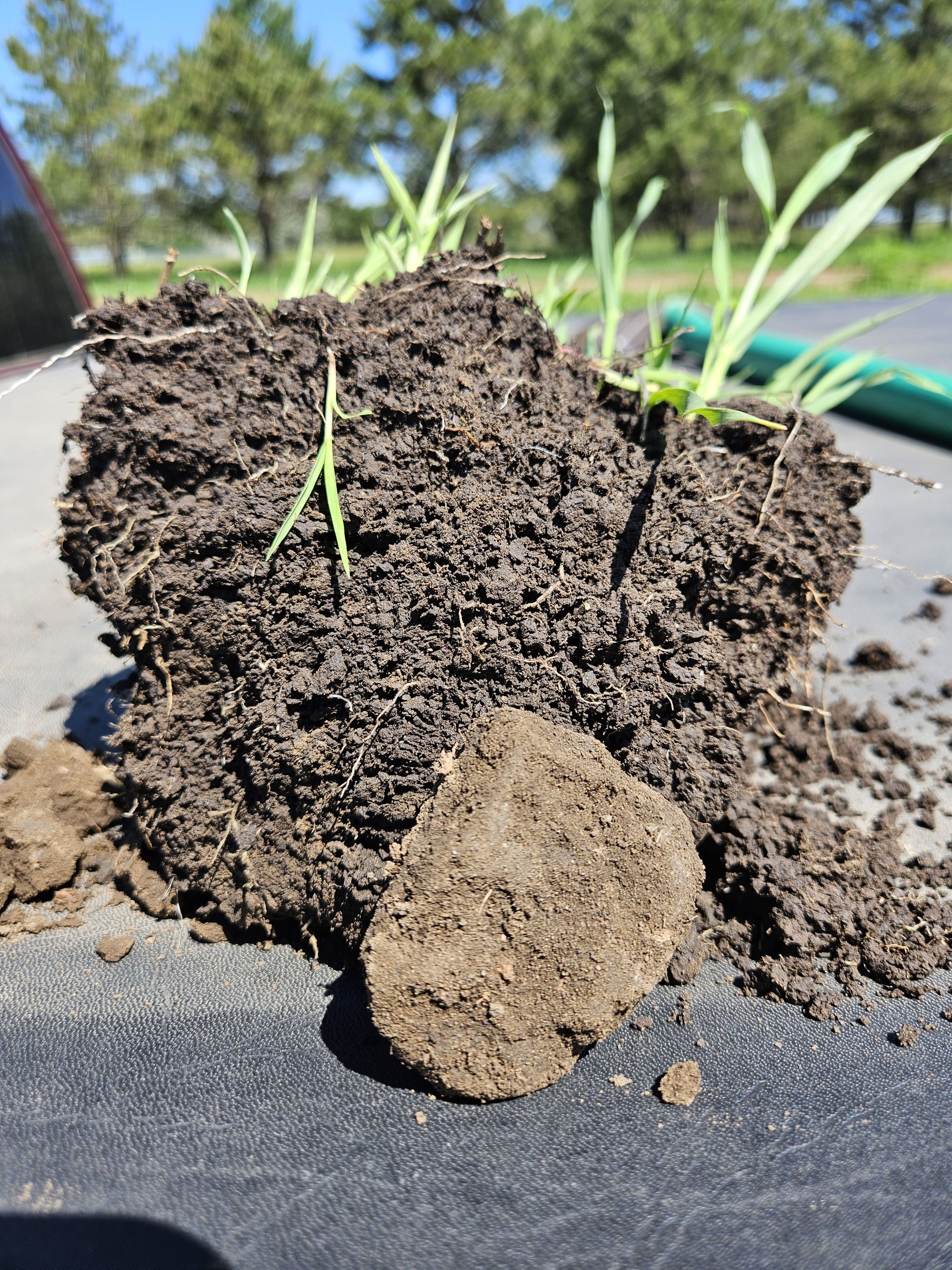By Gabe Brown
Society is facing many challenges, from climate issues including wide swings in temperature and moisture, to water quality and quantity issues, to low farm profitability, to the decline of rural communities, to our human health crisis. It is my belief that all of these can be linked, at least in part, to the degradation of our soil.
For that reason, it is imperative that we come together as a society and find “Common Ground for Common Good.” That common ground is regenerative agriculture. Regenerative Agriculture is best defined, in my opinion, as “farming and ranching in synchrony with nature, to repair, rebuild, revitalize and restore ecosystem function, beginning with all life in the soil and moving to all life above the soil.”
Over the past eighty odd years, the degradation of our soil has accelerated. Approximately 30 to 75 percent of the carbon that was once in our arable soils is now in the atmosphere. This leads to multiple negative effects: lower water infiltration, lower water holding capacity, less food for biology, lower nutrient cycling, and lower nutrient density in the food produced in/on those soils.
We can change that, as illustrated by the picture below.

These two samples are from two adjacent farms, same soil type. Look at the results of a recent soil test in the chart below.

From this analysis, we can see that Farm A can infiltrate sixty-four times more water, thus reducing the amount of nutrients leaving that farm.
Farm A can also hold over five times more water per foot of the soil profile. (Approximately 188,000 gallons compared to approximately 34,000 gallons.) This greatly reduces downstream flooding issues while making Farm A much more resilient to drought.
Farm A uses significantly less input, thus increasing profitability. It also produces more food per acre, food which is higher in nutrient density.
The only difference between these two farms is their management, or as I prefer to call it, stewardship. You see, each farm and ranch are a direct reflection of the person stewarding that land.
Farmers and ranchers need to practice regenerative agriculture. But driving that change will take each and every one of us. Here is what you can do:
- Buy regeneratively grown and raised food.
- Support your local regenerative farmers and ranchers.
- Demand that your local school systems serve regeneratively grown and raised foods.
- Support regenerative non-profit educational organizations.
- Be a voice for regenerative agriculture.
Let us all unite and find Common Ground for Common Good.

